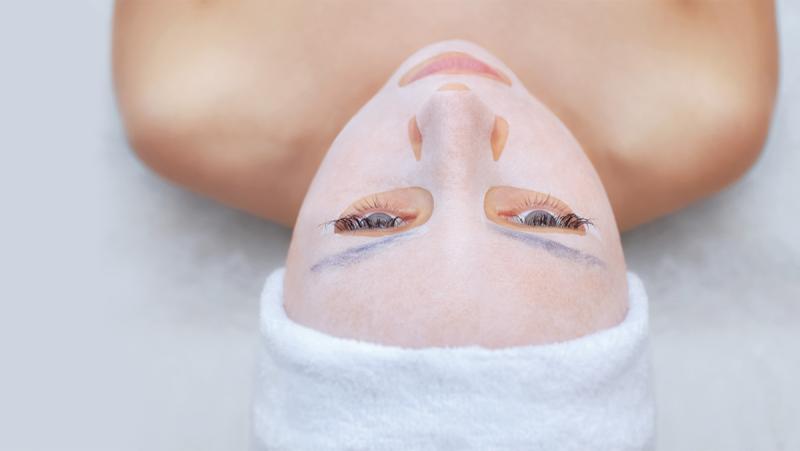There is no way to hide the fact that face masks continue to be among the most popular trends in skincare today. The use of face masks to help reveal younger and healthier-looking skin has been around for decades, but they have become more popular among people of all ages thanks to television, social media, and retail displays in big-box stores. “Face masks offer a personalized treatment option to help achieve skincare goals,” says Jenise Lockett, expert esthetician and educator at Babor. “With myriad masks to choose from, it’s a simple solution to customize a treatment for different skin types and conditions and brings immediate visible results. In addition, a great retail opportunity for the spa goer to continue their spa experience at home and maintain the benefits of the treatment they received. At home masks are also fun and allow for a moment of self-care and slow down.”
Uncover the Truth
We asked our experts about incorporating masks into the spa experience, and here’s what they had to say.
Q: How can masks be incorporated into spa treatments?
A: “Because of their versatility and ease of use, masks can be incorporated into every type of spa treatment, from manicures and pedicures to waxing and hair services. Body masks can be included as well. Estheticians can also multi-mask—use two or more types of masks at once.” —Lydia Sarfati, founder and CEO, Repêchage
Q: How often should clients apply an at-home facial mask?
A: “The frequency of at-home mask application depends on the type of mask and your client’s skin type. Here are some general guidelines: Hydrating/Moisturizing Masks are generally safe to use two to three times a week or as needed to boost hydration; clay masks can typically be used once or twice a week and if the client has very oily skin, they may tolerate it two to three times a week; exfoliating masks contain AHAs or BHAs that should be used according to the product instructions, usually 1-2 times a week; brightening masks contain ingredients like vitamin C and can be used 1-2 times a week to help brighten the skin and even out skin- tone; and soothing masks, such as those containing aloe vera or chamomile, can be used as needed, especially if your client has sensitive or irritated skin.
Q: What are the benefits of body masks?
A: “Various masks are available in the spa for body use in the form of body wraps, and some are available for use at home. For example, feet and leg masks are an excel- lent option for guests with dry, calloused feet, and can easily be added into massage and pedicure services. A body mask can instantly revitalize body skin and can be added into a manicure service for smooth- ing and rejuvenation of the hands.” —Melissa Morris, director of East Coast education, Pevonia Natural Skincare

Jenise Lockett, expert esthetician and educator at Babor, reveals some of the different varieties of masks that are commonly used in spa treatments.
Sheet Masks: Sheet masks are precut face-shaped masks with holes for the eyes, mouth, and nose but otherwise completely cover the face. The sheet masks are soaked in serums that are infused with concentrated active ingredients to deeply absorb into the skin layers.
Collagen Masks: Collagen masks are special fleece masks with natural collagen fibers stimulate the skin’s natural repair mechanisms and smooth out fine lines and wrinkles directly. They provide the highest degree of compatibility and work to reduce redness and irritation.
Hydrogel Masks: A hydrogel mask is a type of sheet mask with a unique, gel-like texture that is intensely hydrating. This not only enhances comfort but also ensures that the mask adheres smoothly and evenly to the skin, providing optimal contact that feels exceptionally pleasing and soothing on the skin.
Gel Masks: Gel masks have the consistency of a jam or jelly with a lightweight texture. They are an excellent choice for all skin types and are very popular for targeted treatment of combination and oily skins. They include a complex of active ingredients that speak to the needs of specific skin types, as well as soothing the skin.
Bio-Cellulose Masks: Bio-cellulose masks are made from advanced technology, natural fiber that mimics and hugs the facial skin like second skin. They offer soothing, hydrating, nourishing, and cooling benefits.
Cream Masks: Cream masks have supremely rich, smooth, and creamy textures that do wonders for adding moisture and nutrients back into the skin, helping it remain plump and hydrated.
Clay Masks: Clay masks are made from different types of clay, such as: kaolin and silica, that are popular for the absorption of oil and bacteria thus purifying and clarifying the skin.smooth the skin.